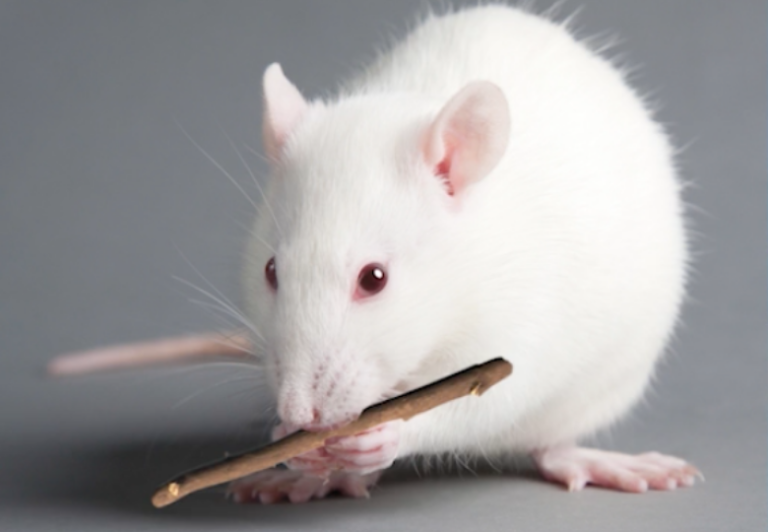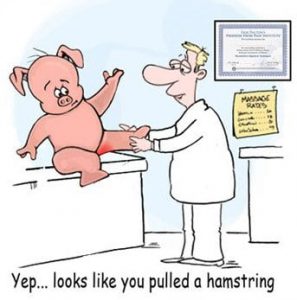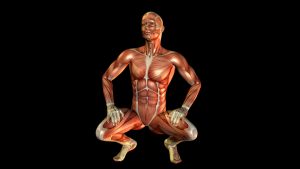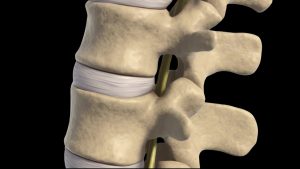Bodywork as an outlet for Psychological Stress
Nearly a century ago, Hans Selye began his pioneering research into the human stress response by providing convincing evidence that stress impacted health.1 While many scientists took Selye’s experiments and interpretations at face value, not all agreed with his strict physiological view of the body as a tightly controlled input-output machine where the degree of stress always resulted in a predictable hormonal response.

One of those critics was Rockefeller researcher Jay Weiss who in a series of laboratory experiments delivered mild electric shocks, equivalent to static electricity, to a rat over a period of time causing it to develop a prolonged stress response including elevated heart rate, increased cortisol secretion, and eventually an ulcer.2
Meantime, in the next room, a different rat was receiving an identical series of shocks at exactly the same time using the same intensity. But in the case of rat number two, after receiving the shock, he was allowed to run over to a stick of wood in the corner of the cage and gnaw on it (Image 1.). In an instant, Han Selye’s tightly regulated biological stress model completely collapsed as Wise and his team retested rat #2 and found that blood pressure and resting cortisol levels had suddenly dropped simply by offering a stick of wood to act as a psychological outlet for the rat’s frustration. Good hands-on bodywork is in many ways like the “chewing on a stick” experiment.
As we will see in this column, touch therapy has proven to be an effective outlet for relieving frustration, aggression and anxiety in this stressed out country we call home.
Touch as a compassion outlet
We are better at dealing with both acute and chronic stressors when we have outlets for our frustration like punching a wall (not recommended), taking a run or getting a massage. Touch is powerful and our need for it is primordial. Where most species evolved to survive in specific ecological environments, humans adapted to survive in groups. This discrepancy goes a long way toward explaining why touch therapy is so important in warding off our client’s tendency toward loneliness, anxiety and depression.
In order to relax, the brain needs to know it has backup—someone it trusts to offer help should the need arise—and physical contact through touch therapy is the simplest, most powerful way of communicating those feelings of support. Nothing is more psychologically concrete than human touch and our hands are the perfect, unambiguous tool for expressing emotional reassurance. Because the human hand is densely embedded with refined sensory receptors that receive and process proprioceptive information about the things we touch, they are our body’s way of exploring and manipulating the world, and also our primary language of expression and compassion.
One recent study published in Scientific Reports suggest that slow, affective touch may help modulate the perception of physical pain thus strengthening social bonding while reducing the stress response.3
So, the burning questions for manual therapists is how do we identify those chronically stressed clients entering our offices—how do we converse with them to make them feel safe—and what types of hands on techniques might prove helpful in reducing their allostatic load and calming their hijacked nervous systems?
Observation, Listening and Compassionate Touch
- Bug-eyed and disoriented
- Jittery
- Clenched jaw
- Irritability
- Shallow breathing
- Rigid or slumped body postures

Image 2. Therapist’s right hand secures client’s forehead while his left drapes along client’s neck. A gentle oscillatory counterforce between therapist’s hands stimulates neuromuscular reflexes in upper cervical complex.
Image 3.Therapist’s fingers meet along the occipital ridge and begin a gentle oscillating motion to stimulate parasympathetic nervous system tone via the vagus nerve.
Image 4. To help calm the client’s fear center (amygdala), therapist drapes client’s neck at the occipital ridge with thumbs bracing on the forehead, client is asked to slowly elevate and relax his shoulders while therapist gently resists. Verbal suggestions of safety and support may enhance the therapeutic outcome.
Because the suboccipitals and other upper cervical muscles are innervated with both skeletal and cranial nerves, this is the epicenter for establishing serene body-brain communication. To help down-regulate the client’s hyperexcited fear center (amygdala) and stimulate parasympathetic tone via the vagus nerve, I perform a variety of oscillating and slow affective touch techniques while observing for any positive physical and/or emotional changes. As the client’s tissues soften and the protective guarding diminishes, the client will often begin making intermittent eye contact. At this point I begin verbally engaging their prefrontal cortex with suggestions that they have come to the right place and by working as a team, we will help them recover their feelings of strength, safety, and confidence.
Summary
Even in an optimally functioning body, maintaining allostatic balance is a challenge given the multitude of factors constantly taxing our bodies creating physical, chemical, and emotional stress. In most settings, stress is vital for our protection and performance by helping keep us safe and ready to succeed. It would seem stress is only bad when it becomes “distress” at elevated levels for prolonged periods of time.
Han Selye’s research has taught us that stress is a normal bodily function in most animals and is hardwired into our biological operating system to help us cope and meet challenges. Yet, we must remember that good bodywork is like chewing on a stick when it comes to relieving the frustration, aggression, and anxiety associated with the psychological symptoms of stress.
References
1. Siang Yong Tan, Yip A, Hans Seyle: Founder of the stress theory, Singapore Med J. 2018
2. Weiss, J. M. Effects of coping responses on stress. Journal of Comparative and Physiological Psychology, 1968, 65, 251-260
3. Mohr M, Kirsh P, Fotoulou A, The soothing function of touch: affective touch reduces feelings of social exclusion, Scientific Reports, 2017
On sale this week only!
Save 25% off the "Dalton Technique Treasures" eCourse
The “Dalton Technique Treasures” eLearning course is a compilation of some of Erik’s favorite Myoskeletal Alignment Techniques (MAT). Learn MAT techniques to assess and address specific sports injuries, structural misalignment, nervous system overload, and overuse conditions. ON SALE UNTIL July 29th! Get Lifetime Access: As in all our eLearning courses, you get easy access to the course online and there is no expiry date.







